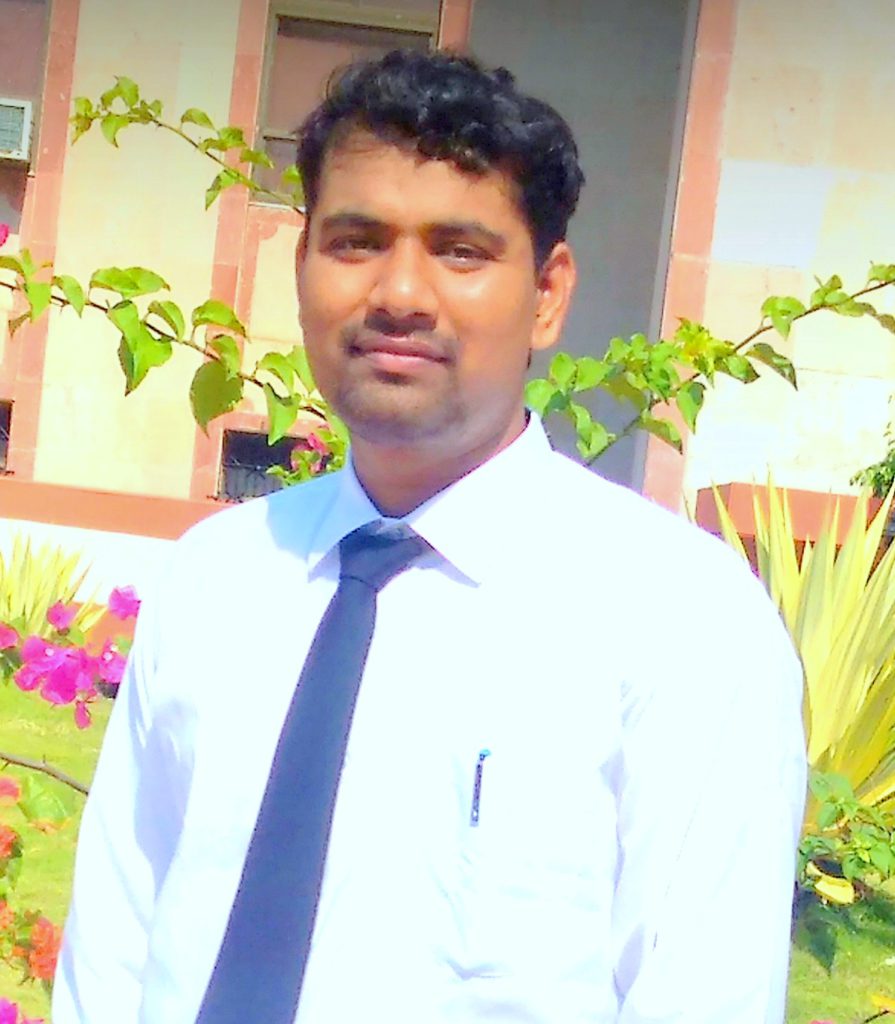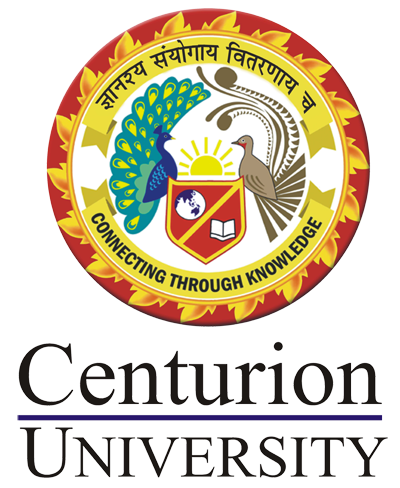per person /
Free
Aquatic Pollution
Course Attendees
Still no participant
Course Reviews
Still no reviews
Course Name : Aquatic Pollution
Code(Credit) : FSEM 3207 (1-1-0)
Course Objectives
- To collect wastewater from residences, industries, institutions, and so on,
- To find a place to discharge the wastewater (usually the nearest water course is chosen, but wastewater could also be used for groundwater recharge or even recycled to water supply),
- To remove water pollutants that would produce adverse impacts to the receiving water or adversely affect the health of people subsequently using the water and
- To do all the above in a cost - effective manner.
Learning Outcomes
- Understand chemistry involved in environment
- Identify the chemical reactions and changes in contaminants
- Understand the microbiology and its usefulness to environment
- Perform experimental analysis of some properties of water ad wastewater
Course Syllabus
- Theory
Introduction to aquatic pollution, the sources of pollutants, toxic organic compounds and their impacts in the aquatic organisms and the abiotic environment, Classification of pollution- physical, chemical and biological classification of water pollution- description of terminologies. Sewage and domestic wastes- composition and pollution effects- sewage treatment and its reuse.
Agricultural wastes- organic detritus, nutrients, Adverse effects of oxygen demanding wastes: importance of dissolved oxygen; Oxygen demand; BOD; COD; Oxygen budget;
Biological effects of organic matter. - Excessive plant nutrients: Eutrophication; Red tides and fish kills. Pesticide types and categories; inorganic pesticides, Organo-chlorine compounds, Organo-phosphorous compounds; Polychlorinated biphenyls (PCBs); Bioaccumulation and impact on aquatic fauna and human health; toxicology. Heavy metals: Interaction of heavy metals with water and aquatic organisms. Bioremediation and Phytoremediation. Oil pollution; Crude oil and its fractions; Sources of oil pollution; Treatment of oil spills at sea; Beach Cleaning; Toxicity of Petroleum Hydrocarbons; Ecological Impact of Oil pollution- Case studies. Microbial pollution: Types of aquatic microbes; autotrophs and heterotrophs; saprotrophs and necrotrophs; Sewage Fungus Complex; Transmission of Human Pathogenic Organisms; Zoonosis; Development of Antibiotic Resistance and its impact; Biofilms and Biocorrosion; Radioactivity and background radiation of earth: Radionuclide polluting, special effects of radioactive pollution. Thermal pollution and its effects, Physical and chemical nature of possible effluents from major industries in India. Monitoring and control of pollution: Biological indicators of pollution. Solid waste management.
- Practicals
- Physical characteristics of polluted waters; Colour, Odour, Turbidity. Determination of pH, salinity, alkalinity, hardness, BOD, COD, Hydrogen sulphide, Phosphates, Ammonia, Nitrates, Heavy metals and Oil and grease in water. Determination of pH, conductivity, organic carbon, nitrogen, phosphorus, heavy metals in sediments. Study of pathogenic and coliform bacteria. Bacteriological quality of water; Colliform tests, IMVIC test, standard plate count, methods of enumerating bacterial biomass in waters and waste waters. Pollution flora and fauna: indicator species- algae, protozoa and insect larva. Methods of pesticide residue analysis in waters and fish tissue; bioassay and toxicity study.
- Reference Book
- Aquatic Pollution: An Introductory Text, 4th Edition by Edward A. Laws
Session Plan
Session 1
- Introduction to aquatic pollution
- Introduction
Sources of pollutants
toxic organic compounds and their impacts in the aquatic organisms
Abiotic environment - Classification of pollution
- Physical, chemical and biological classification of water pollution
- Description of terminologies
- pp1 intro
Session 2
Sewage pollution
Composition of Sewage and domestic wastes
Measurement of organic pollution
Effect of sewage pollution on aquatic environment
Session 3
Agricultural wastes
organic detritus, nutrients, Adverse effects of oxygen demanding wastes
Importance of dissolved oxygen
Oxygen demand, BOD,COD
Session 4
Eutrophication
Major and minor nutrients and their concentration in eutrophicated water
Red tide and its causes
Algal blooms in Indian waters
https://www.slideshare.net/1234567ses/eutrophication-14594541
Session 5
Pesticides and their effect
What is a pesticide and why it is a problem?
Types of pesticides, source and pathways of pesticides
Fate of pesticides in the aquatic environment
Half-lives of some important pesticides
Session 6
Heavy metal pollution
Definition of Heavy metals
Sources of heavy metals
Interaction of heavy metals with water and aquatic organisms
Session 7
Bioremediation and Phytoremediation
Principles and factors of Bioremediation, phytoremediation
Bioremediation and phytoremediation strategies
Advantages and disadvantages of bioremediation and phytoremediation
Session 8
Oil pollution
Crude oil and its fractions
Sources of oil pollution
Treatment of oil spills at sea and Beach Cleaning
Toxicity of Petroleum Hydrocarbons
Session 9
Thermal pollution
Thermal pollution and its effects
Physical and chemical nature of possible effluents from major industries in India
Control measures
https://www.slideshare.net/AmruthaHari1/thermal-pollution-135387213
Session 10
Radioactive pollution
Radioactivity and background radiation of earth
Radionuclide polluting
special effects of radioactive pollution
Control measures
Session 11
Microbial pollution
Types of aquatic microbes
Autotrophs and heterotrophs; saprotrophs and necrotrophs
Sewage Fungus Complex
Transmission of Human Pathogenic Organisms; Zoonosis
Development of Antibiotic Resistance and its impact
Biofilms and Biocorrosion
https://www.slideshare.net/majid4uonly/microorganism-water-pollution-presentation
Session 12
Monitoring and control of pollution
Biological indicators of pollution
Solid waste management
Session 13
- Physical characteristics of polluted waters
- Determination of pH, salinity, alkalinity, hardness
- Determination of BOD and COD of polluted water
Session 14
- Determination of H2S of polluted water
- Determination of Heavy metals and Oil and grease in polluted water
- Determination of pH, conductivity, organic carbon and nitrogen in sediments.
Session 15
- Study of pathogenic and coliform bacteria.
- Colliform tests in waters & waste waters.
- IMVIC test in waters & waste waters.
- Standard plate count in waters and waste waters
Session 16
- Methods of enumerating bacterial biomass in waters and waste waters.
Session 17
- Pollution flora and fauna: indicator species- algae, protozoa and insect larva
Session 18
- Methods of pesticide residue analysis in waters and fish tissue
Session 19
- Studies on bioassay and toxicity tests
Case Studies
Case Studies
Our Main Teachers

Mr. Chandan Haldar is working as Assistant Professor in the School of Fisheries, Centurion University of Technology and Management, Paralakhemundi Campus, Odisha. He has completed his M.F.Sc from ICAR-Central Institute of Fisheries Education, Mumbai, Maharashtra India and his Ph. D. thesis topic is “Identification of Growth Associated SNPs in Clarias magur (Hamilton, 1822) […]


Recent Comments